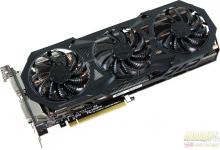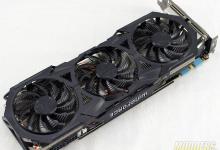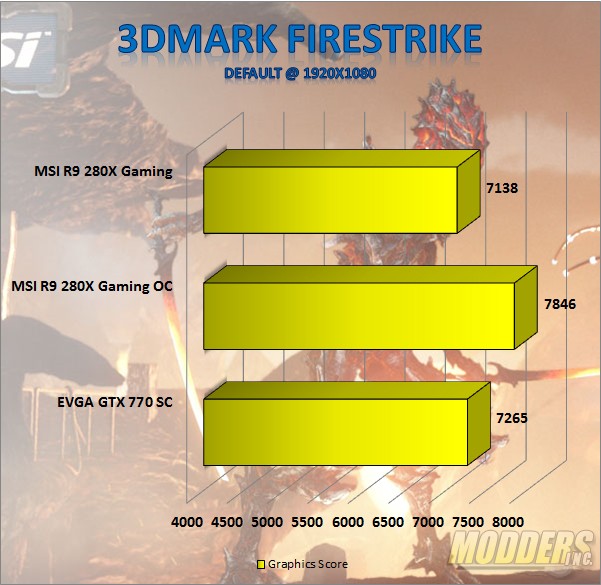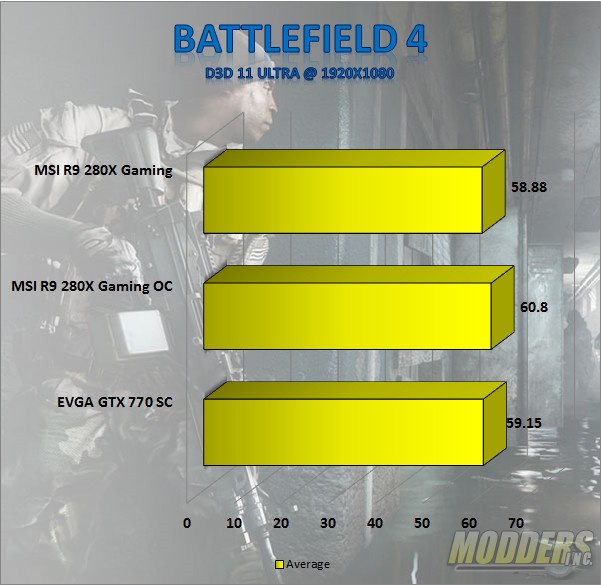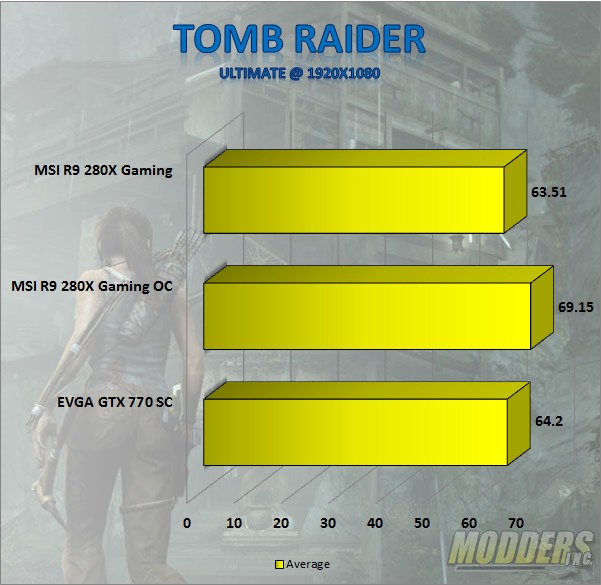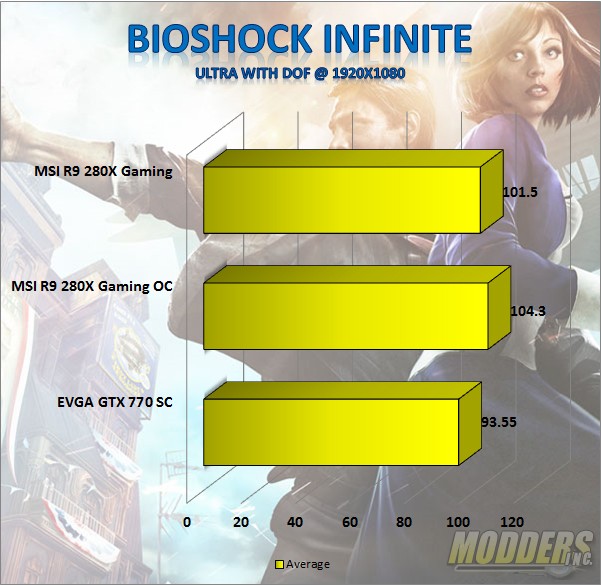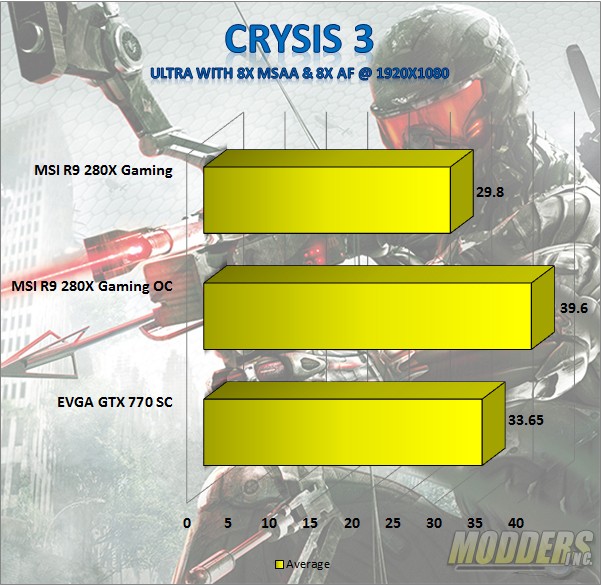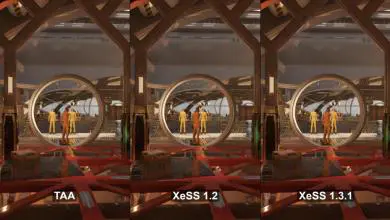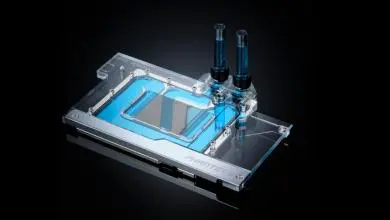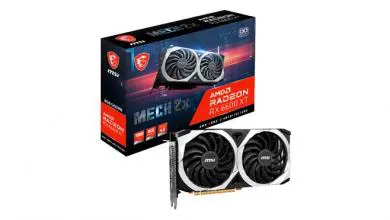MSI R9 280X Gaming 3G GPU Review
Test System and Testing Procedures
| Processor | Intel Core i7-4770K (Retail) |
| CPU Cooler | Noctua NH-U14S with Noctua NT-H1 thermal compound |
| Motherboard | MSI Z97M Gaming |
| Memory | Kingston Hyper X Beast DDR3 2133 MHz 8 GB |
| Storage | OCZ Agility 4 256GB SSD |
| Case | Cooler Master Cosmos II SE |
| Drivers | AMD Catalyst 14.4/nVidia GeForce 340.52 |
| Video Card(s) | MSI Radeon R9 280X, EVGA GTX GeForce 770 SC |
| Monitor | Asus VS247 |
| Operating System | Windows 7 x64 Ultimate SP-1 with latest patches and updates |
Latest working BIOS, updates and drivers were used at the time of the review. Each test was conducted at least three times for accuracy. All benchmarks were performed at a resolution of 1920 x 1080 unless otherwise specified.
The MSI R9 280X defaults to gaming mode and has a core clock of 1000MHz with a maximum boost clock of 1020Mhz and since this is the default mode the card ships with, that was the mode we used for stock benchmarks. In the overclocking test I manually set the core to 1165Mhz and the memory to 1600Mhz. These were the most stable settings and in order to be included in the benchmarks no errors or graphical corruption was allowed.
Benchmark Settings
Synthetic Benchmarks
- 3DMark (Firestrike) – Default Preset
- Unigine Valley 1.0 – High Quality, 8xAA
- Unigine Heaven 4.0 – High Quality, 4xAA, Normal Tessellation
Gaming Benchmarks
- Metro: Last Night- Very High Preset with 8x AF & Tessellation at very high. 60 second playthrough
- Tomb Raider – Ultimate Preset. Built-in benchmark and 60 second playthrough
- Bioshock Infinite – Ultra Preset with DoF ON. Built-in benchmark and 60 second playthrough
- Battlefield 4 – Ultra Preset with 4x MSAA. 60 second playthrough
- Crysis 3 – Ultra Preset with FXAA enabled. 60 second playthroughs
| Video Card(s) | Core Clock (MHz) | Memory Clock (MHz) | Current Price ($ USD) |
| MSI Radeon R9 280X | 1000MHz Core Boost Clock:1050MHz (OC mode) 1000MHz Core Boost Clock:1020MHz (Gaming mode) 1000MHz Core Boost Clock:1000MHz (Silent mode) |
6000 | 309.99 |
| EVGA GeForce GTX 770 SC | 1085MHz Core Boost Clock:1137MHz | 7010 | 349.99 |
3DMark Firestrike from Futuremark is a Semi-synthetic DirectX11 benchmark designed for high-performance gaming PCs. Firestrike performs advanced geometry, illumination and particle tests with its Graphics benchmark and performs physics simulations using the CPU. For our video card test, only the graphical score is taken.
Unigine Valley 1.0 and Heaven 4.0 are GPU intensive synthetic benchmarks that utilize tessellation, advanced lighting, dynamic environments and other DirectX11 graphical features. Both of these are excellent for video card stability and temperature testing and even supports Stereo3D and multi-monitor benchmarking.
Gaming Benchmarks
First up in our gaming benchmarks we have Battlefield 4. In this test we use the Singapore mission in the Campaign. Frame rates are recorded from the time the boat hits the shore until the freeway is reached.
Tomb Raider is a re-launch title of the decades old video game series utilizing a DirectX 11 Crystal Engine to render a 3rd-person action adventure game.
Bioshock Infinite is the third title in the alternate-universe first-person shooter franchise utilizing Unreal Engine 3.
Metro:Last Night is a post-apocalyptic first person shooter that combines stealth and horror elements that uses the A4 engine.
Crysis 3 is labeled as the GPU killer. Just like the Original Crysis had the GPUs crying for their mother, so does Crysis 3. Crysis 3 brings back Prophet to New York in 2047. Crysis 3 uses the latest Cryengine for stunning visuals. The level we chose was just after entering the tunnels. This features good visuals and a mixture of environments as well as a good firefight towards the end.
